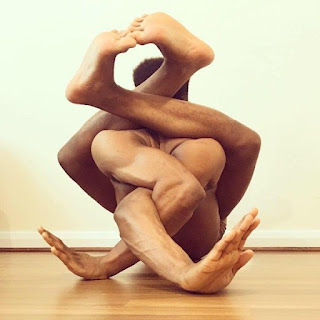Bleachers

Bonds Blasts 756 into Bleachers
This alliterative headline in Wednesday’s sports section attracted the eye of Ted from Old Mission (Michigan). “Where did we get the word bleachers?” he asked.
It’s connected with the word bleach--to whiten by means of the sun’s intense rays or through chemical means. Old English, Old Norse, Old Teutonic and a host of other snowbleached areas had words for the process, so it goes back quite a way.
Bleachers--the seats--showed up in 1889 in the Chicago Tribune [18 May 6/1]: “The grand stand and bleachers were well filled with something over 2,000 spectators.” Originally, bleachers had no cover, while grandstands did have a roof. Hence, the lower price. Now there probably isn’t a school gymnasium around the world that doesn’t have indoor bleachers.
Since bleachers endured the direct onslaught of the afternoon sun, someone thought that the bleaching process would provide a colorful (as it were) name. The problem comes in determining what was bleached.
Some source [I misplaced my reference] says that the clothes of people habitually sitting in the bleachers began to lose their color. I have a few faded golf shirts, but I suspect that frequent washings are the cause. With my game, I spend an inordinate amount of time in the woods, out of the sun.
The American Heritage Dictionary, 4th Edition, implies that the fans are the objects getting bleached. As a person who respects the need for sun blockers, that one doesn’t compute.
The Online Etymology Dictionary and Chambers Dictionary of Etymology point to the bleachers themselves. Even for away games, the seats in the home stadium are always washed in sun.
I need to have my house re-stained very soon, so I’ll buy that explanation.
SIDEBAR: Guidelines to Retrofitting Bleachers


Comments